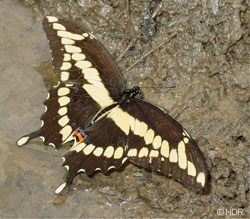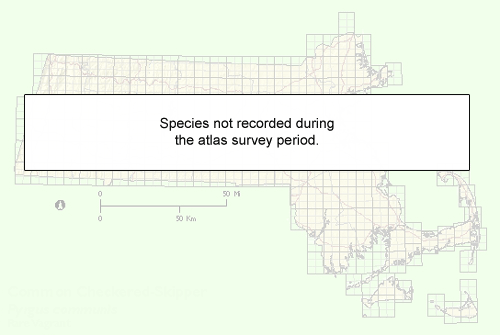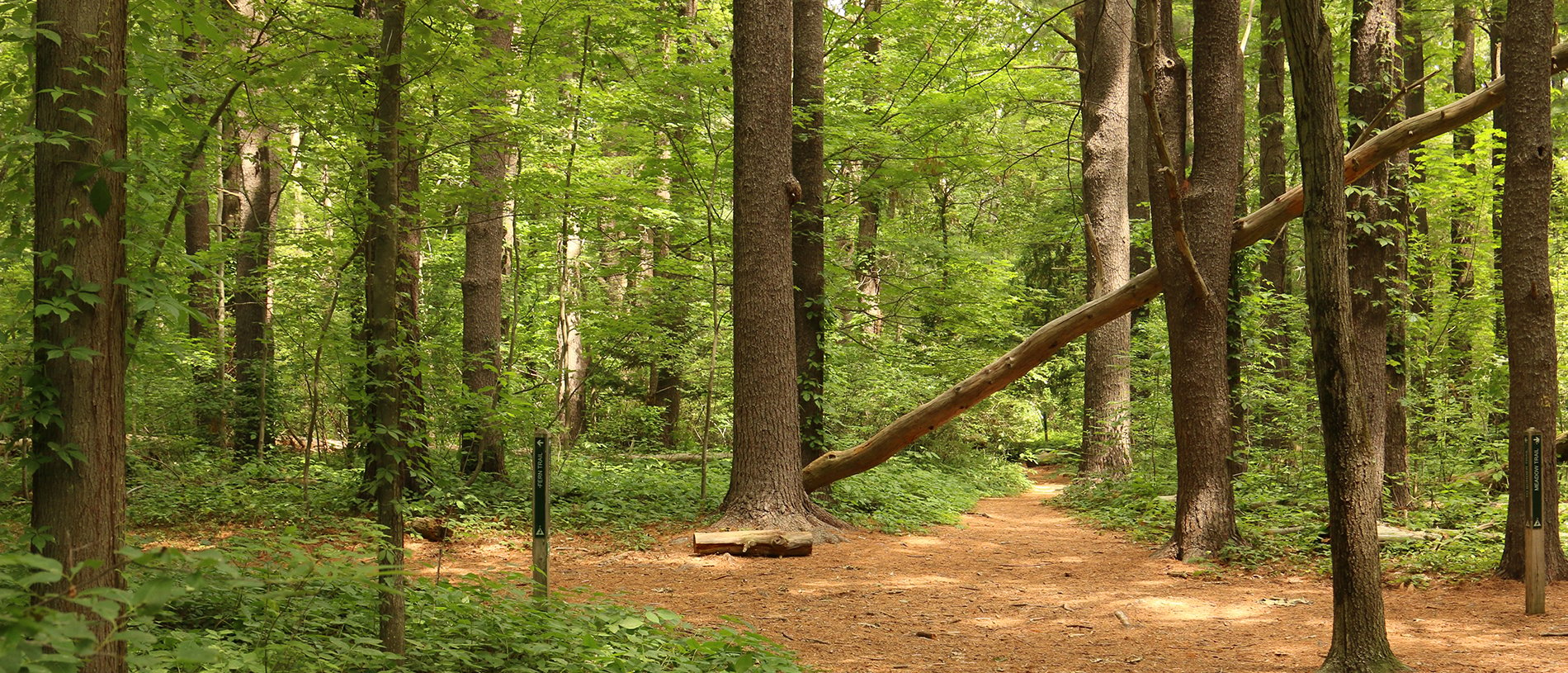Butterfly Atlas
Find a Butterfly
Giant Swallowtail
Papilio cresphontes
Named
Cramer, 1777

Identification
Wingspan: 4 - 6 1/4." Unlike any regularly occurring swallowtail in Massachusetts, this butterfly is largely brown above with a prominent yellow, bow shaped spot band on the dark upperwing surfaces;lighter below.
Distribution
Eastern foothills of the Rocky Mountains east through the central plains and southern Great Lakes region to the mid Atlantic States. South through Mexico, Central America to South America; throughout the Gulf Coast states, southeastern U.S. and into the Antilles.
Status in Massachusetts
No recent records. Vagrant in the Northeast and in the state; rare north of New Jersey. Glassberg (1993)cites a 1990 record from Long Island and there are recent reports of a colony in the Meriden, Connecticut area (fide C.L. Remington and H.L. Johnson) and of sight records in Rhode Island in 1983, 1984 and 1985 (fide Pavulaan). Historically, Scudder recounts an incursion into the Northeast in the 1870‘s and 1880‘s. At that time small colonies were apparently established in southeastern New York and along the Connecticut coast. In 1882, Giant Swallowtails were recorded in Amherst (Goodell) and Boston (Brackett). In 1883, Sanborn captured 5 of these butterflies in the Worcester area with additional records from Sharon, Newton, and Cambridge. Also in 1883, Seagrave found larvae on trees in the "Botanic Gardens at Cambridge." Other historic records for the state include single specimens from Wellesley in 1891 and 1895. Brower in "A list of the Lepidoptera of Maine" (1974) notes several 19th century Maine records.

Flight Period in Massachusetts
Year round in South; May through September northward.
Larval Food Plants
Various members of the rue family (Rutaceae) including Common Prickly Ash (Zanthoxylum americanum), Hop Tree (Ptelea trifoliata) and citrus species.
Adult Food sources
Information for this species in Massachusetts is currently unavailable.
Habitat
Most likely found northward near "rich woods and river banks"(Fernald, 1950) in association with Prickly Ash. Zanthoxylum is now cultivated and spreading northward.
Life Cycle
Information for this species in Massachusetts is currently unavailable.
Account Author
Chris Leahy



